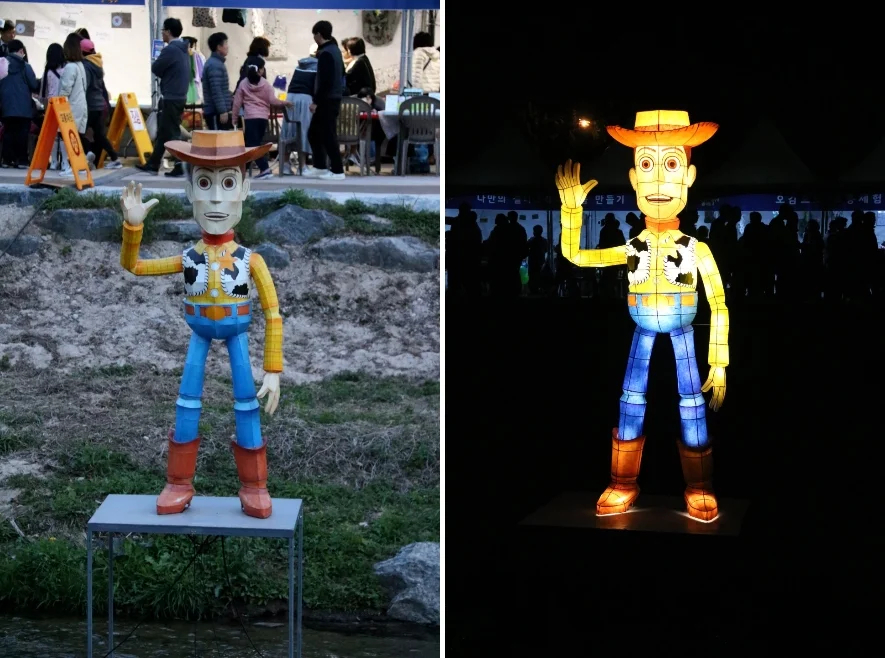Released in 1995, Toy Story was Pixar’s first full-length feature animation, co-produced with Walt Disney. This groundbreaking film, which tells the heartfelt story of friendship and adventure among living toys, became a global phenomenon—winning over both critics and audiences alike. It marked a defining moment not only for Pixar but for the entire animation industry, ushering in a new era beyond traditional 2D animation.
Featuring the voices of Tom Hanks as Woody and Tim Allen as Buzz Lightyear, the film broke stereotypes about computer-generated imagery. With its nuanced characters, sophisticated visual storytelling, and emotionally rich narrative, Toy Story elevated 3D animation to an art form.
At its heart, the film explores the theme of “the fate and anxiety of toys abandoned by children”—a poignant reflection on love, loss, and identity. Far from being a genre just for kids, this animation challenged the notion that animated films are mere entertainment for the young.
Inspired by its legacy, the Toy Story Hanji Lanturn captures the timeless warmth of these cherished characters, blending cutting-edge storytelling with the soft, human touch of traditional Korean paper art.

